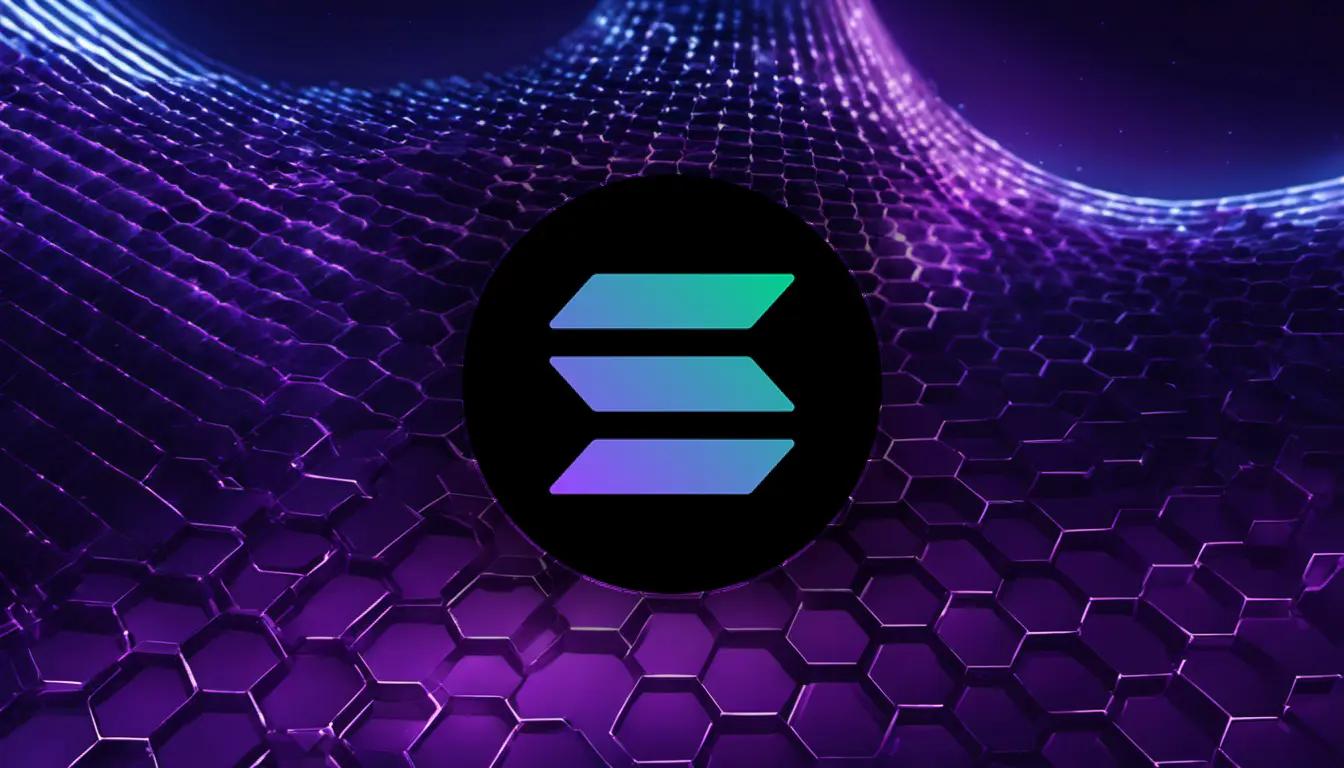Polkadot, an innovative decentralized web protocol and open-source blockchain, was developed by Gavin Wood, Ethereum's co-founder and creator of the Solidity smart contract language. Its design aims to surpass Ethereum's capabilities while maintaining compatibility with other blockchain networks. Launched in 2020 with an initial offering of 10 million tokens, Polkadot has grown through the addition of multiple parachains that are expected to reach a total of 100 in the near future. Polkadot’s token, DOT, serves as the driving force for network governance and staking operations.
What is Polkadot?
Polkadot was created in 2020 by Gavin Wood, Ethereum's co-founder and Solidity developer. He previously served as the Ethereum Foundation's CTO and is currently the CEO of Parity Technologies. Peter Czaban and Robert Habermeier, both Thiel Fellows, play an active role in Polkadot's development.
The network employs public and private key cryptography to maximize security. The recipient's address corresponds to a hash of the public key, whereas the private key authorizes transactions within the network. Every six seconds, blocks confirm pending transactions, creating the Polkadot blockchain.
Polkadot's governance is user-driven, giving token holders a say in the management of the network. Users can further customize governance on their blockchains by forming teams and requesting it. Council members make decisions on improving the system, including addressing bad behavior and ensuring security.
In 2021, Polkadot launched its first parachain auction, employing a decentralized, unpermissioned candle auction system. The winning bid corresponds to the highest offer at random moments before the auction concludes.
The History of Polkadot
Initially, Polkadot took shape as a decentralized proof-of-authority blockchain that sought to develop a scalable, heterogeneous multi-chain framework.
The DOT token fuels the Polkadot network, regulating all operations such as voting, validating rights, and interoperability. DOT facilitates transactions and finance protocol updates. By bonding DOT to designated validators, nominators increase attack costs and enable DOT holders to earn newly minted tokens as staking rewards.
In mid-2016, Gavin Wood commenced work on an enhanced version of Ethereum. By October, he released the inaugural draft of the Polkadot whitepaper, primarily contributed to by Parity Technologies' founders.
Polkadot maintains strong links with Ethereum. Following the ICO launch, the project progressed towards a beta state and facilitated token transfers in August 2020.
Polkadot's blockchain comprises two network types. The primary network, or relay chain, operates alongside user-generated networks called parachains. This main blockchain governs the network and funnels data to various parachains.
This configuration allows secure, cross-chain transactions while enabling user customization of parachains for a range of applications.
Polkadot Features
Polkadot, as a decentralized blockchain ecosystem, addresses multiple issues faced by existing blockchain networks. Its primary goals include facilitating communication between various blockchains and encouraging the development of innovative technologies on its network. It does so by offering features like scalability, security, and interoperability, which enhance its robustness and versatility.
A notable aspect of Polkadot is its capacity to perform upgrades directly within the chain. This mitigates risks associated with hard forks that often cause problems such as community splits, token volatility, and administrative complications. In addition, the development of parachains enables faster transaction processing, a significant advantage for the Polkadot ecosystem.
The DOT token plays a crucial role in shaping Polkadot's future. Token holders can participate in the network governance by voting on code changes, which are then automatically implemented across the entire network. This decentralized governance system not only empowers users but also ensures smoother network operations.
Launched in May 2020, the Polkadot mainnet has garnered widespread attention from cryptocurrency traders, developers, and investors. Its decentralized applications (DApps) and cross-chain interoperability contribute to its growing prominence. The token is accessible on prominent cryptocurrency exchange platforms and is traded across numerous smaller platforms.
DOT Token
The DOT token serves multiple purposes, such as controlling auction dynamics, determining network fees, scheduling parachains, and making decisions on network upgrades.
Polkadot's capability to rapidly create blockchain networks has piqued the interest of both investors and developers. The DOT token is not only essential for Polkadot's consensus mechanism but also for its security model. Active participation by DOT holders is required to ensure the network operates smoothly.
To engage in various Polkadot functions, holders stake their DOT tokens. This staking process is a strategy designed to prevent harmful activities within the network. The amount of DOT staked depends on the specific activity and its duration.
How Polkadot Works
Parachains
Polkadot operates using a collection of modular architectures known as parachains, which offer support for building dApps (decentralized applications). The adaptable nature of parachains is particularly beneficial for emerging networks, as it allows developers to concentrate on new features and ships dApps faster without having to build an entire network for every application.
Parachains connect to a central relay chain responsible for maintaining consensus, transaction finality, and voting logic. Furthermore, each parachain is equipped with a collator node in charge of collecting transactions and producing state transition proofs. The cross-chain message passing system facilitates communication and asset transfers between these independent chains.
Nominated Proof of Stake
Polkadot uses a decentralized consensus mechanism called Nominated Proof of Stake, which rewards participants for supporting and nominating validators. This design emphasizes security, efficiency, and user satisfaction. Participants can assume the roles of nominators and validators by staking DOT tokens, with block rewards distributed proportionately among them.
The consensus algorithm used by Polkadot provides faster transactions with lower transaction fees and reduced carbon footprint compared to other Proof of Stake protocols.
The Role of Substrate
Substrate is a groundbreaking blockchain framework that allows the creation and addition of new blockchains to a project quickly and efficiently. Substrate projects are applications that can be deployed within the Polkadot ecosystem, enabling them to reach a broader audience and work seamlessly with any desktop device or browser.
The Future of Polkadot
Polkadot strives to establish a decentralized internet where no central authority takes control. By incentivizing users to secure the network and bond new chains, the platform aims to achieve this goal. It has an extensive ecosystem, including a block explorer, analytics, a wiki, numerous blogs, and social channels, along with a software development kit. Furthermore, Polkadot's Substrate blockchain has gained rapid adoption from other projects, fostering a strong community.
Also, the platform is not solely limited to a blockchain-based network; it is developing an on-chain governance system for managing its platform. This system enables the community to participate in decision-making processes, formulate policies, and implement changes. As a result, Polkadot's direction and future progress mainly rely on its community and the on-chain governance mechanism at work.
Notable figures in the development of Polkadot include Gavin Wood, Robert Habermeier, and Peter Czaban, who have all contributed to the network's success. The strong collaboration and joint efforts by talented developers, as well as the involvement of Parity Technologies, have led to exciting advancements in Polkadot's roadmap.
By focusing on empowering both users and developers, Polkadot envisions a future where the technology enables everyone to take control over the internet's destiny and continues to foster innovation across multiple projects.











